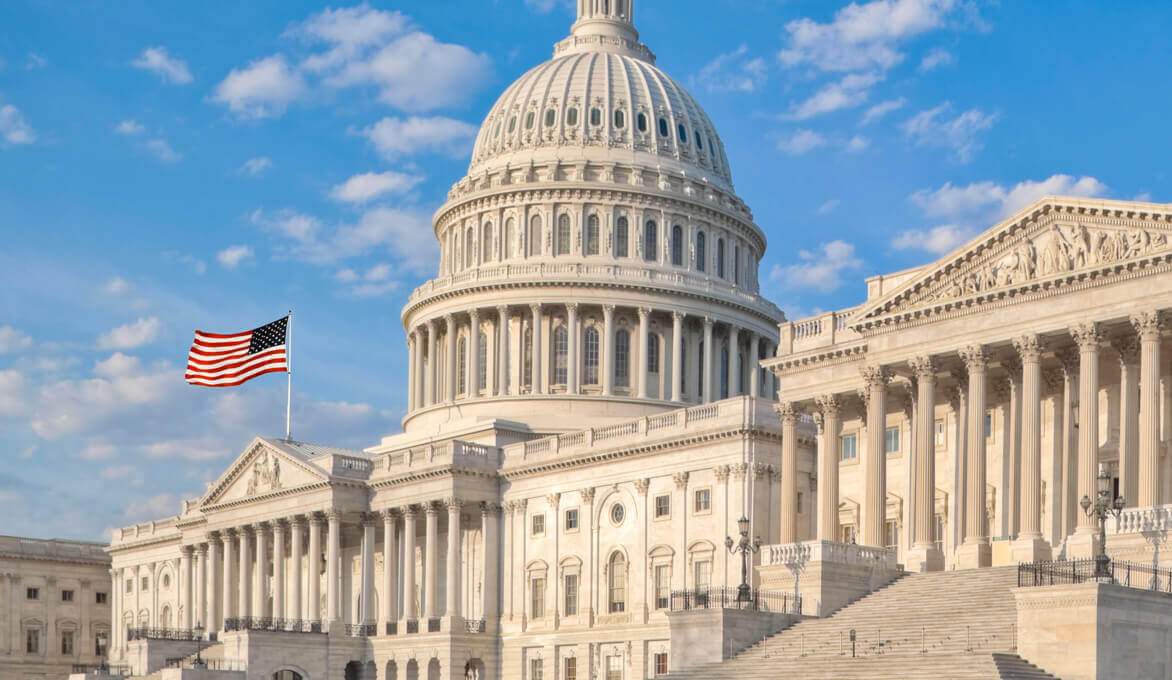Grant Reform

Recently, the U.S. Office of Management and Budget (OMB) issued Uniform Administrative Requirements, Cost Principles, and Audit Requirements for Federal Awards. These requirements make meaningful changes to federal grant compliance audits. They are generally effective for years beginning on or after January 1, 2015.
The process originated when President Obama issued Executive Order #13563 on January 18, 2011; the order stated that the government should tailor its regulations to be the least burdensome to society while still accomplishing its objectives.
When preparing the new guidance, the OMB focused on two major objectives:
- Reduce the number of administrative requirements while keeping the risk of waste, fraud, and abuse of government funds low; and
- Improve the outcomes of grant projects.
One of the resulting major changes is an increase to the threshold of expended government funds triggering an audit from $500,000 to $750,000. The increase to $750,000 will allow a projected 5,000 entities to avoid an audit while allowing an estimated 99% of government funds expended to be covered by compliance audits.
Additional changes include the following:
- Increasing the Type A program threshold to $750,000 from $300,000.
- Changes to the high-risk determination criteria for Type A programs.
- A reduction in the amount of Type B programs that must be tested as a major program.
- An increase in the questioned cost threshold to $25,000
The guidance was also consolidated into one document and replaces the various documents currently used (A-21, A-50, A-87, A-89, A-102, A-110, A-122, and A-133).
In addition, the new requirements include provisions to strengthen oversight. Internal control guidance is moved from the audit section to the grant administration section of the guide. The purpose of this is to have grantees set up better internal controls before they spend federal funds. The OMB had concerns about grantees not considering internal controls until after grant funds had been expended and it was time to be audited. The new guidance will also strengthen controls around the payroll cycle and allow grantees greater flexibility in documenting internal controls.
To assist users, the OMB has issued a “crosswalk” to help explain differences between the old and new guidance. If everything goes according to plan, the federal government will accomplish their goals of a more efficient, effective, and transparent government while keeping the risk of waste, fraud, and abuse of government funds to a low level.
Disclaimer of Liability: This publication is intended to provide general information to our clients and friends. It does not constitute accounting, tax, investment, or legal advice; nor is it intended to convey a thorough treatment of the subject matter.
